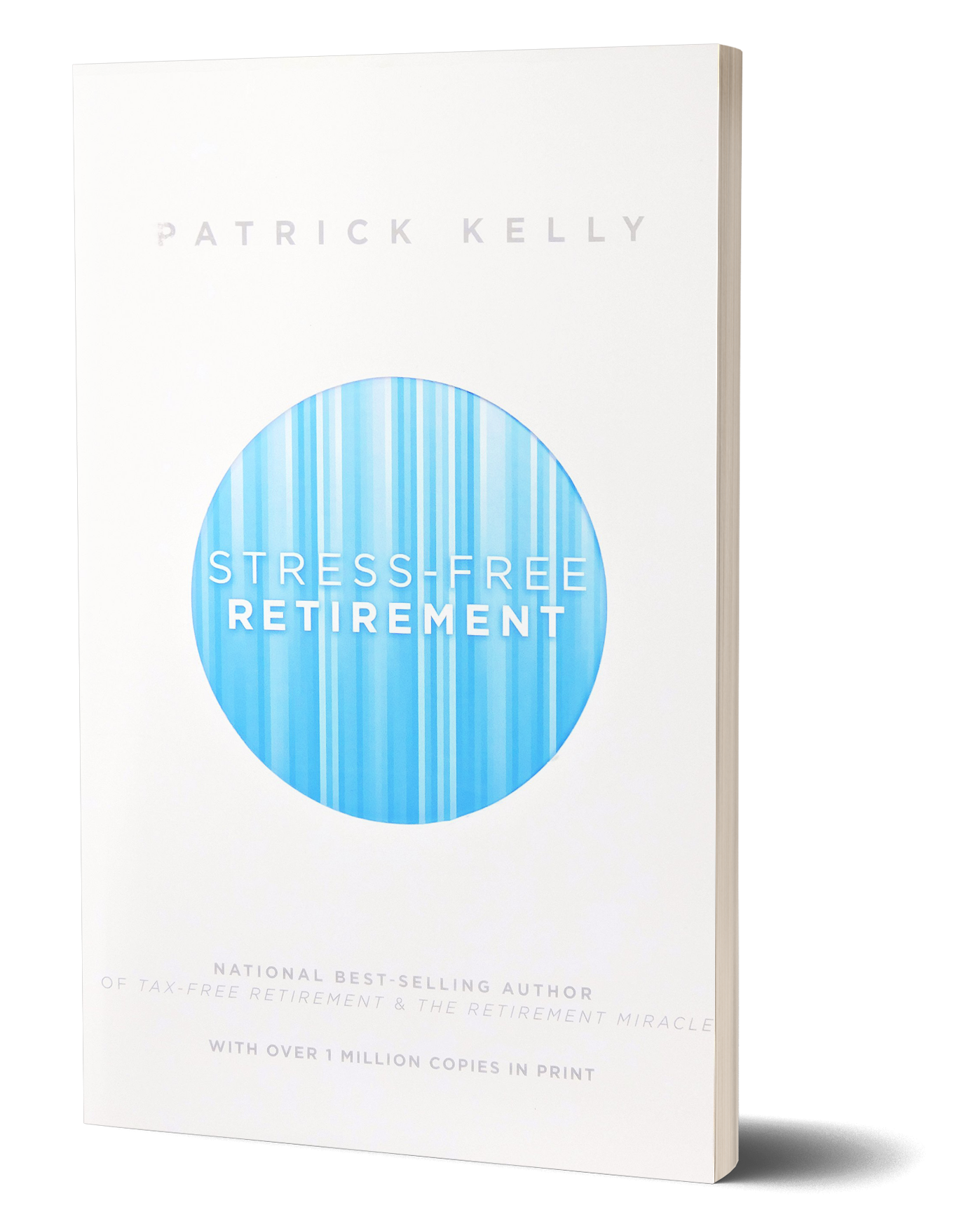As you retire and continue to grow your wealth, you may want to give back to others. Allowing you to plan your legacy through philanthropic giving in retirement.
Philanthropic giving casts a broader net of giving over charity as it helps society or organizations flourish over time. While the goal of philanthropic giving is on the impact it makes, it also may help reduce your income tax. It may also reduce capital gains tax in retirement and estate taxes for heirs.
As you plan your legacy, work with your financial and tax professionals to determine which philanthropic vehicles may be appropriate for your situation. Here are some vehicles strategies you may want to consider depending on your unique situation:
1. Life Insurance
The primary purpose of life insurance is to provide financial resources for those that depend on you when you die. However, you can lessen the complexity of philanthropic giving through wealth transfer by using life insurance as a gifting strategy. Guarantees are backed by the financial strength and claims-paying ability of the issuing insurance company.
Additionally, here are the various ways to gift permanent life insurance as part of your wealth transfer strategy. In order to benefit your favorite charitable organizations and plan your legacy:
Name The Organization As The Beneficiary
This method is the easiest way to use life insurance to give to charity. However, naming a revocable beneficiary is one way the donor can change the beneficiary. Naming a revocable beneficiary enables the donor to remain in control of the insurance policy if their wealth transfer plan changes. Also, naming a charity upon death keeps the charitable gifting transaction private.
Gift The Policy Dividends
The donor can gift the policy dividends to charity, keeping the death benefit for other beneficiaries or another charity. The donor can take the policy’s dividends in cash and donate cash with this option. With this method, the dividend donation is tax-deductible.
Donate The Life Insurance Policy (Policy Donation)
The donor continues to make all premium payments on a policy they donate to charity. There is no limit on the size of the policy donation. The policy pays in full upon the donor’s death. Gifting through a policy donation can help reduce the donor’s estate taxes and provide a much more significant benefit to the charity, which has no tax consequence from the gift.
Life insurance can provide a donation more extensive than the premiums paid, making life insurance a suitable option for charitable giving. The benefits of giving through life insurance include:
- The policy value continues to grow over time until the donor dies.
- Gifting life insurance provides a much larger donation than if given in cash.
- The donor can make smaller payments through monthly premium payments.
2. IRA Qualified Charitable Distributions (QCDs)
If you’re age 70 1/2 or older, you can use a qualified charitable distribution or QCD to donate directly from your IRA to the charity of your choice. QCDs count toward your required minimum distributions (RMDs) for tax purposes. However, you cannot claim the RMD amounts as charitable donations if you itemize your deductions.
Without using a QCD, taking a distribution from your IRA and donating it to charity may be more expensive for you since the distribution may be more than the IRS charitable deduction due to the limits to philanthropic contributions under the IRS code. Talking to your tax and financial professionals before using a QCD strategy for philanthropic giving would be appropriate.
3. Donor-Advised Funds (DAFs)
You can donate cash or other assets to a charitable investment account and receive a tax deduction immediately with a DAF. Since a DAF grows tax-free, you may distribute funds over time to organizations and causes or time your contributions to coincide with higher-income years for a more significant tax deduction.
4. Private Foundations
A private foundation is an independent legal entity set up solely for charitable purposes. The funding is typically provided by an individual, a family, or a corporation, which receives a tax deduction for donations. A private foundation is controlled by the donor, which determines the following:
- The mission of the foundation
- Who is on the board
- Where the funds are invested
- How, where, and when are the funds are given away
To determine if forming a private foundation is appropriate, consult a legal professional, as there are rules and regulations to follow, reports to file, and costs associated with it.
5. Charitable Trusts
The two types of charitable trusts you may want to incorporate into your financial plan include charitable lead trusts (CLTs) and charitable remainder trusts (CRTs) that benefit the charity of your choice and you as a donor:
- A charitable lead trust (CLT) is an irrevocable trust designed to reduce transfer taxes upon inheritance that can be funded with cash, publicly traded stock, real estate, private business interests, private company stock, and other assets.
- Charitable remainder trusts (CRTs) are irrevocable trusts that let you donate assets to charity and draw annual income for life or a specific period.
If you plan to include securities in your trust, you must consult financial and legal professionals before drafting your trust documents and forming your trust.
Now that you know some of philanthropic vehicles used to benefit charities, meet with your financial, legal, and tax professionals to plan your legacy now or in retirement.
SWG 2568567-1122b The sources used to prepare this material are believed to be true, accurate and reliable, but are not guaranteed. This information is provided as general information and is not intended to be specific financial or tax guidance. When you access a link you are leaving our website and assume total responsibility for your use of the website you are linking to. We make no representation as to the completeness or accuracy of information provided at this website. Nor is the company liable for any direct or indirect technical or system issues or any consequences arising out of your access to or your use of third-party technologies, websites, information and programs made available through this website.
In Conlcusion
In addition, M3 Wealth specializes in providing strategies and guidance for those who are seeking a better lifestyle in retirement. If you have retirement savings of five million dollars or $50,000, we can ensure it works as hard. As a result, we offer our experience and knowledge to help you design a custom strategy for financial independence. Contact us today to schedule an introductory meeting!














